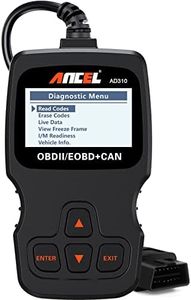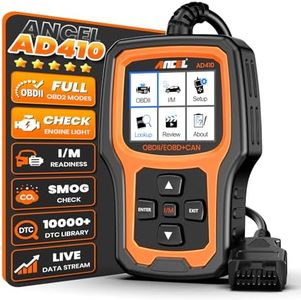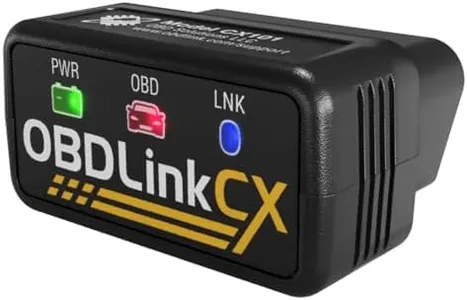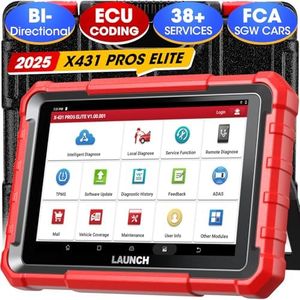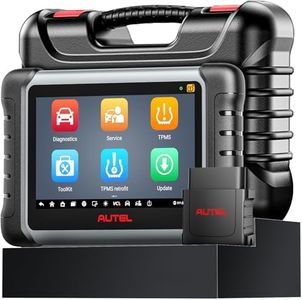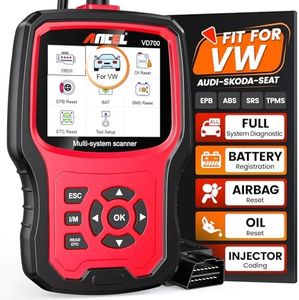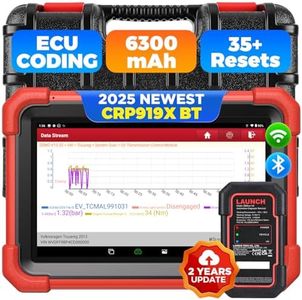We Use CookiesWe use cookies to enhance the security, performance,
functionality and for analytical and promotional activities. By continuing to browse this site you
are agreeing to our privacy policy
10 Best Vehicle Scanners
From leading brands and best sellers available on the web.By clicking on a link to a third party's website, log data is shared with that third party.
Buying Guide for the Best Vehicle Scanners
Choosing the right vehicle scanner can feel overwhelming given the many models and features in the market. The key is understanding your actual needs, such as whether you need to scan just your own car or work with many vehicle types, and how comfortable you feel using technology. By looking closely at the main features and what they mean in everyday use, you can confidently select a vehicle scanner that suits your skills and helps you diagnose issues quickly and accurately.CompatibilityCompatibility refers to the range of car makes, models, and years a scanner can work with. This is crucial because not all scanners cover every car, especially when it comes to older vehicles or those from certain international brands. Some scanners only work with vehicles manufactured after a certain year (often 1996 for OBD2 in the US), while others support a wider range. If you’ll mostly use the scanner on your own car, check the manual or online resources to match compatibility. For those who repair multiple vehicles, choosing a scanner with wider compatibility is essential.
Diagnostic FunctionsDiagnostic functions indicate what types of information the scanner can read and display. Basic scanners provide simple readings of engine error codes and let you clear them, while advanced models can read transmission, ABS, airbag systems, and even provide live sensor data and advanced tests. If you just want to turn off the engine warning light or check codes occasionally, basic functions may suffice. However, if you want to troubleshoot detailed problems or maintain newer cars, look for a scanner that reads more systems and offers detailed reports.
User InterfaceThe user interface is how you interact with the scanner, ranging from basic LED displays and buttons to large color screens and touch controls. A simple interface is often less confusing for beginners and may be all you need for basic checks. More advanced interfaces with intuitive menus can make complex diagnostics easier, especially for those who expect to dig deeper into car systems. Consider your comfort with technology and how much information you want to see at a time to guide your choice.
ConnectivityConnectivity refers to how the scanner links to your vehicle and sometimes to your smartphone or computer. Typical options include cable connections, Bluetooth, or Wi-Fi. A cable connection is straightforward and reliable, best for those who don’t want to worry about wireless setup. Wireless scanners pair with apps on your phone and offer mobility and more display options but require some technical know-how. Choose what fits your habits – if you’re usually on your phone or tablet, a wireless scanner can be more convenient.
Update and SupportThis spec covers how you keep your scanner up-to-date with new car models and error codes. Some scanners allow free or paid updates via a computer or even directly through an app. Regular updates are important as car technology changes quickly, and you want your scanner to interpret new codes correctly. If you only work on older cars, updates may be less important. However, frequent maintenance on newer models demands a scanner that is easy to keep current.
Additional FeaturesSome scanners provide extra features like emissions testing, battery monitoring, or even the ability to send reports by email. These extras can be handy if you want more than just reading and clearing codes. Think about your routine – if you care for emissions compliance or monitor battery health often, choosing a scanner with these features can simplify your work.
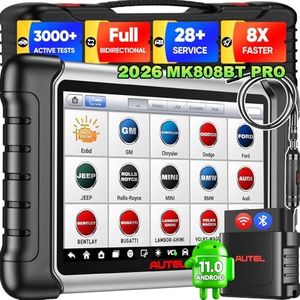
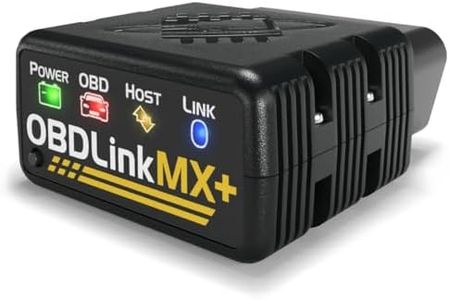
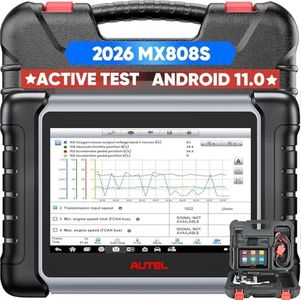


![LAUNCH X431 PRO Elite [2025 New Model] Fully Functional Bidirectional Scanner with CANFD&DOIP,ECU Coding,38+ Resets,FCA AutoAuth,Full System Scanner for All Cars,2-Year Update](https://images-proxy.bestreviews.guide/0Y1IFYe0fZ2NrxK6pHJMj2uI6Qk=/0x300/https://m.media-amazon.com/images/I/51lXe8t8jYL._AC_CX679_.jpg)

